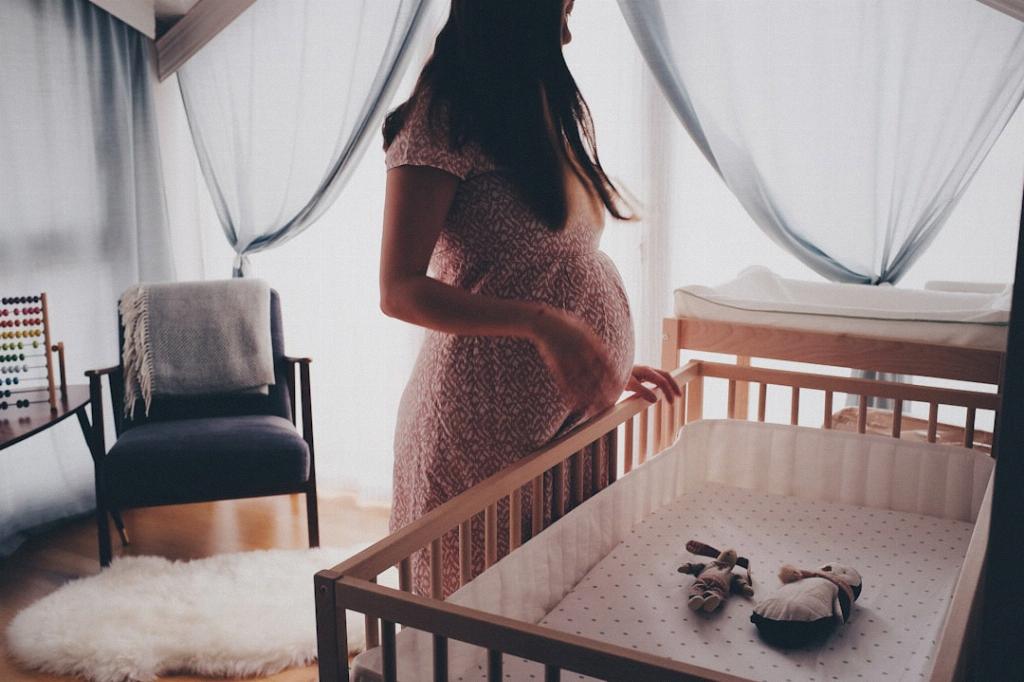After experiencing a miscarriage, many women may wonder why it seems easier to get pregnant in the months following such a loss. Understanding the factors that contribute to heightened fertility post-miscarriage can provide valuable insights into this phenomenon.
The Biological Aspect
Physiologically, the body may be more receptive to conception after a miscarriage. Following the loss of a pregnancy, the body undergoes hormonal changes that can lead to increased fertility. Ovulation can occur sooner than expected, presenting a window of opportunity for conception.
Emotional Readiness
Emotionally, the desire to conceive and the renewed sense of hope that often accompanies the decision to try again after a miscarriage can impact fertility. The emotional aspect of readiness and determination can positively influence the body’s receptiveness to pregnancy.
Increased Awareness of Fertile Window
Experiencing a miscarriage may lead individuals to become more attuned to their menstrual cycles and ovulation patterns. This heightened awareness can result in better timing of intercourse during the fertile window, thus increasing the chances of conception.
Physical Recovery
From a physical perspective, the body may be in a state of optimal readiness for pregnancy after a miscarriage. The reproductive system may have undergone a reset of sorts, potentially enhancing the conditions for successful implantation and development of a new pregnancy.
Resilience of the Reproductive System
The human body possesses remarkable resilience, especially when it comes to reproductive health. The ability of the reproductive system to bounce back from a miscarriage and prepare for another pregnancy underscores the inherent strength of the human body.
Psychological Factors
Psychologically, the desire to conceive after a miscarriage can drive individuals to actively pursue pregnancy. This motivation can have a profound impact on fertility, as the mind-body connection plays a significant role in reproductive health.
Positive Outlook
Maintaining a positive outlook and a sense of optimism following a miscarriage can contribute to improved fertility. Believing in the possibility of a successful pregnancy can create a conducive environment for conception to occur.
Nurturing the Relationship
Going through the experience of a miscarriage can strengthen the bond between partners, fostering a sense of unity and support. This emotional connection and mutual resilience can create a nurturing environment for conception and pregnancy.
Healthy Lifestyle Choices
Adopting healthy lifestyle habits such as proper nutrition, regular exercise, and adequate rest can further enhance fertility post-miscarriage. Taking care of the body and mind can pave the way for a successful pregnancy.
Seeking Support
Reaching out for emotional support from loved ones, healthcare providers, or support groups can be beneficial for individuals navigating the journey of conception after a miscarriage. Building a strong support network can provide encouragement and comfort along the way.
Continued Hope and Persistence
Despite the challenges and uncertainties that may accompany the aftermath of a miscarriage, maintaining hope and persistence in the pursuit of another pregnancy can lead to positive outcomes. Each individual’s fertility journey is unique, and perseverance can ultimately pay off.
Conclusion
In conclusion, the ease of getting pregnant after a miscarriage can be attributed to a combination of biological, emotional, and lifestyle factors. Understanding the complexities of fertility post-miscarriage can empower individuals to make informed decisions and navigate the path towards conception with hope and resilience.

